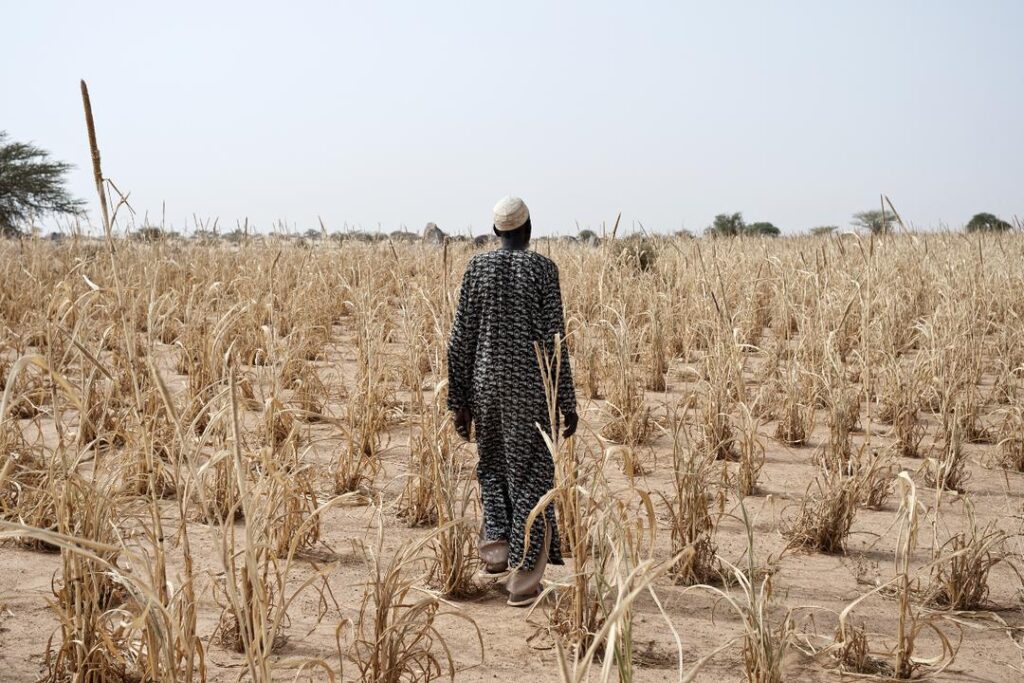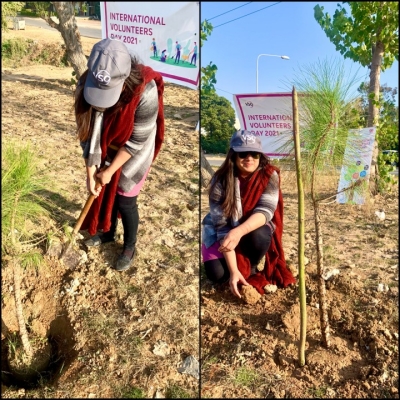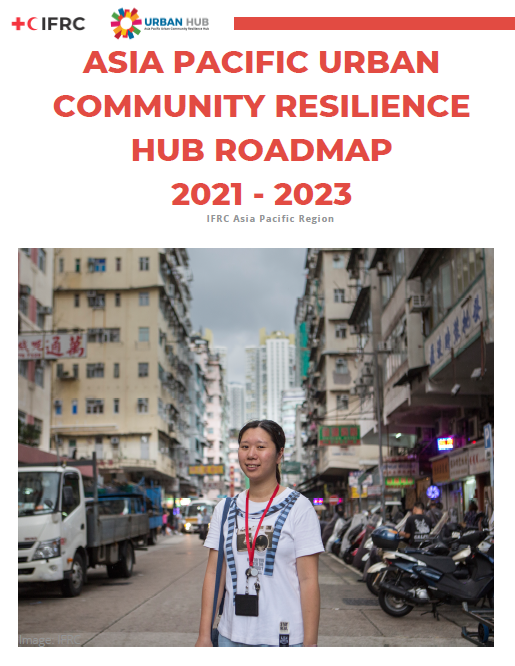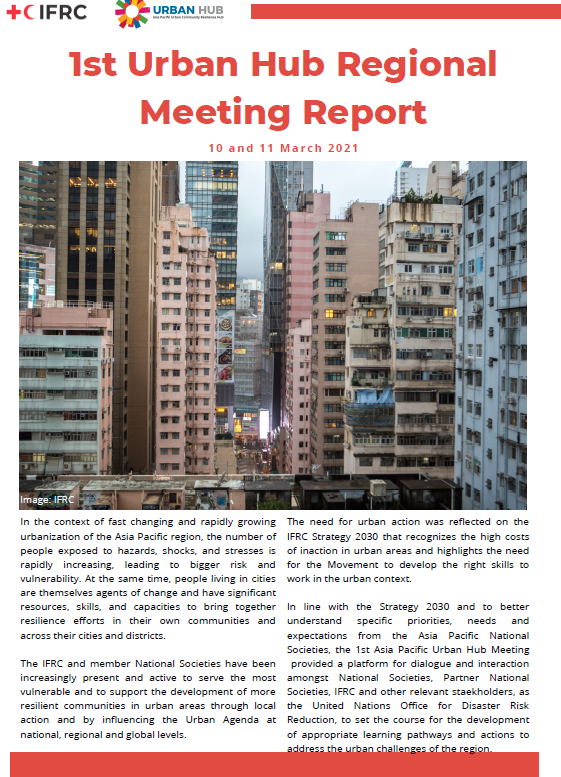Urgency of heatwave risk management
This issue of Southasiadisasters.net is titled the ‘Urgency of Heatwave Risk Management’. Heatwaves are not only here to stay but will accelerate in their frequency, severity, loss and damage, at all levels. Read 15 vibrant and realize perspectives to find your own way to manage heatwave risk, to avoid heatwave-caused deaths. As climate change intensifies, […]
Urgency of heatwave risk management Read More »






